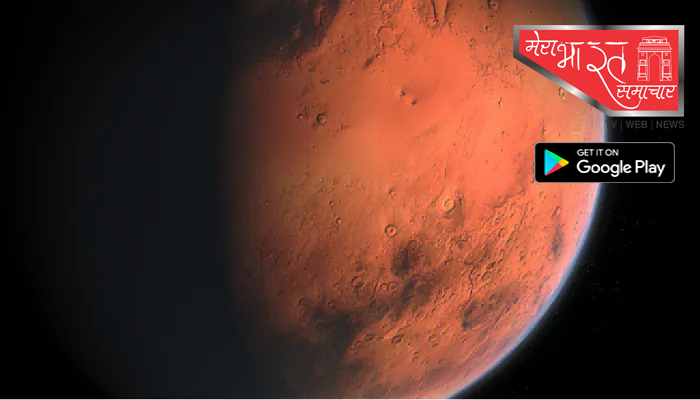Red Planet Day 2022: Can humans live on Mars? Here are the main roadblocks

The idea of colonization of Mars is an exciting one for space enthusiasts. Many organisations such as Elon Musk’s SpaceX are extensively working on a way to create human settlements on the red planet. Today (Nov 28) is celebrated as Red Planet Day which marks the launch of NASA’s Mariner 4. As we celebrate the fourth planet in the solar system, here is an overview of the factors we need to consider when considering living on Mars. Many public and private space agencies have taken up exciting projects of creating human settlements on Mars. Some of them include NASA, ESA, Roscosmos, ISRO, SpaceX, Lockheed Martin, Boeing, and the CNSA.
What is the colonization of mars mission?
The mission aims to transport humans from Earth to Mars with no return mission. It wants to set up a self-sustaining settlement so that humans can live on the red planet in the long term. Although it has been explored in science fiction, in real life, a human has never stepped on Mars. There are many challenges to adapting to Mars’ conditions which are much harsher than that of Earth.
No oxygen, thin atmosphere
For starters, the volume of the atmosphere on Mars is only 1% of the Earth’s atmosphere, according to the Conversation and its atmospheric pressure is also low. In other words, there is significantly lesser air on Mars compared to Earth. Gases found in Mars’ atmosphere are carbon dioxide, nitrogen, and argon gases. A big reason for this is that Mars is only half of the Earth’s size. There is very little oxygen and so it is clearly not suitable for life.
Mars’ lack of enough gravity
The gravity on Mars is also lesser as compared to Earth. This will have a huge impact on our cardiovascular and bone health. Microgravity negatively impacts our body – legs can become weak due to low blood pressure.
Interesting facts about Mars
Tallest known mountain in the Solar System – Olympus Mons, the largest volcano on Mars is also the solar system’s tallest mountain. This enormous mountain is roughly 16 miles (25 km) tall and 373 miles (600 km) in diameter. Though it might have formed billions of years ago, evidence from its volcanic lava is so recent that many scientists believe it might still be active.
Scientists speculate that Phobos, Mars’ largest and most enigmatic moon, will eventually be torn apart by gravitational forces. This will lead to the formation of a debris field that will eventually settle into a stable orbit and form a rocky ring around Mars similar to that of Saturn and Uranus.Similar landmass to Earth. Interestingly, while Mars is about half the diameter of Earth, its surface has nearly the same area as Earth’s dry land. Also, Martian surface gravity is only 37 per cent of the Earth’s, meaning you could leap nearly three times higher on Mars.




